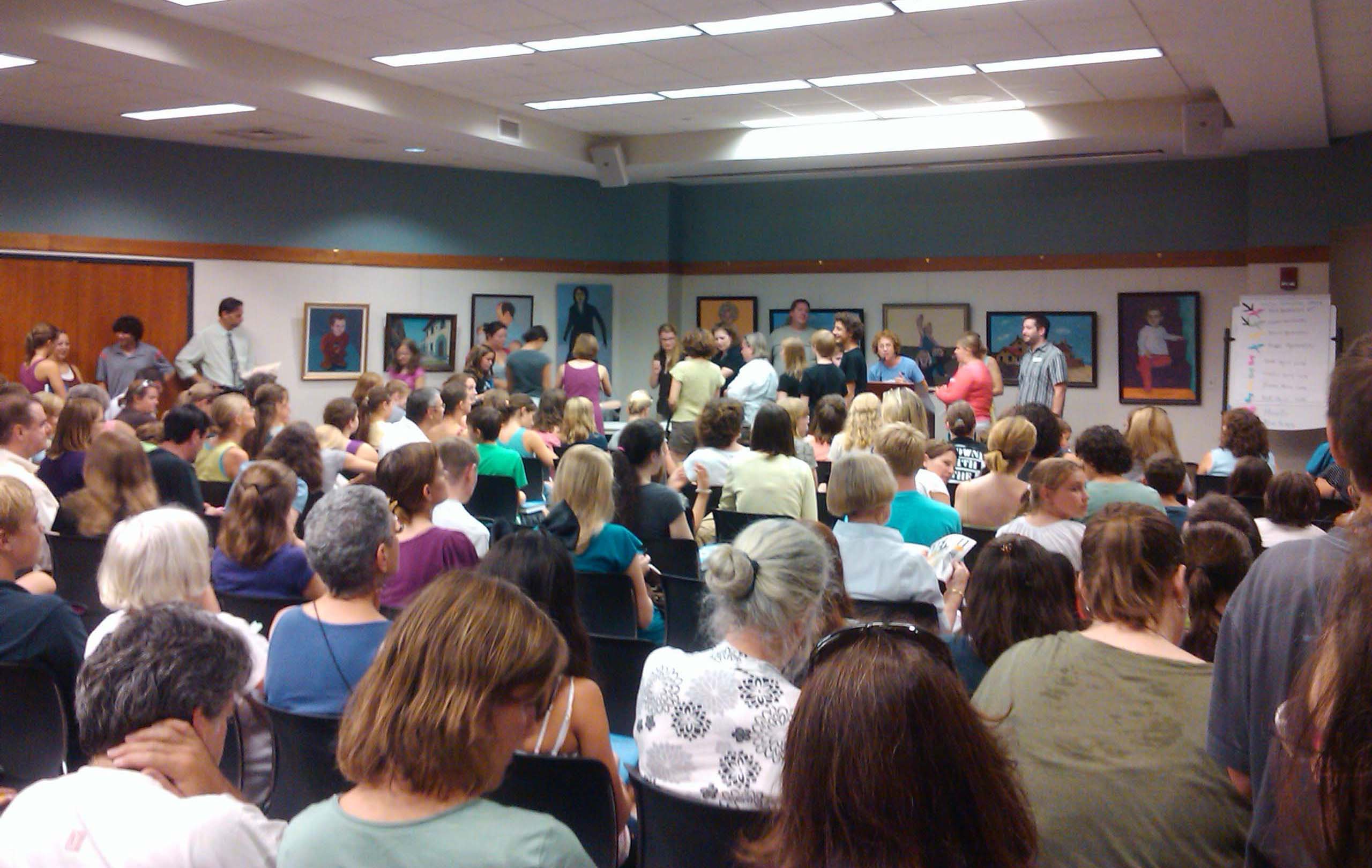Changes in Libraries
As library designers we have seen libraries change and evolve. Today’s modern library is a different experience than the clichéd silent building of yesteryear. Let’s explore some of the more significant changes.
Entering an older library, we are used to seeing a large, high, circulation desk with staff, heads down working away. Not a particularly welcoming situation. In contrast the modern library has no circulation desk but instead small, mobile desks with a very different function. Materials no longer must go to a desk for check-in or check-out but, instead are handled through automation; automatic systems to check in materials and sort them into any number of categories for re-shelving by staff; computerized self-check systems allow the patrons to check out materials, reserve books, and to see what the library has to offer. These two items greatly reduce the administrative tasks that formally consumed much of their time.
Without the demand of tending to circulation needs, staff can now spend more time with patrons. A person may arrive at the library looking for a specific service and in the course of conversation, staff may mention other services or resources and hear the patron reply, “I didn’t know that was available.” One measure of the success of a library is based on the number of questions they are asked and the inverse for the number of times they need to say “no” when asked for asked for a particular service.
With the barrier of the old-style circulation desks gone, staff have more freedom to connect with patrons and to find out how they can help. Librarians are also learning more about the towns in which they work, visiting the town’s various departments to find out more about local issues, and by checking with schools to find out what is new for them. In this way, librarians are better equipped to converse with patrons, and in doing so, transition to what the library offers and how better they can serve the patrons.
The same hands-on approach also applies to the information desks. Reference staff are mobile and seek out patrons who may need help instead of waiting for a patron to come to them.
Makerspaces are prominent in libraries and provide a place to gather, use resources and equipment and learn. Originally designed around 3D printers many libraries have been exploring other hands-on programs. These may include art classes, sewing, knitting groups, and electronics, and just about anything that one can imagine. Although the line is often drawn with hazardous tasks that require special supervision such as woodworking.
A library’s offerings have also changed. One library may have a seed swap to take home and plant while another has cake pans available to borrow. Although the predominant collections are still books; music, DVD’s, books on CD or for your reader, manga, comics, magazines, and newspapers are all available at libraries. For the youth, expect to see a computer gaming area with a large TV, sound system and space for others to watch. This is appropriate for the library because games are another way for kids to learn and socialize.
Libraries are no longer quiet places where staff shush patrons, but there is still need for quiet areas. Small study rooms are provided for group projects, small meetings, tutoring or study sessions. These rooms are usually granted on a first come, first served basis, but can also be reserved.
 Another important feature is the Program Room. These multi-purpose spaces bring together the resources of the library and the interests and activities of the community. They tend to be large, with seating for 80 to 200 people often with folding partitions to further divide the space. Like other library spaces, flexibility is key and having flat floors allow the greatest number of program uses; art shows, lectures, concerts, and movies, to name a few. Oftentimes these are the largest spaces available to the communities they serve.
Another important feature is the Program Room. These multi-purpose spaces bring together the resources of the library and the interests and activities of the community. They tend to be large, with seating for 80 to 200 people often with folding partitions to further divide the space. Like other library spaces, flexibility is key and having flat floors allow the greatest number of program uses; art shows, lectures, concerts, and movies, to name a few. Oftentimes these are the largest spaces available to the communities they serve.
The modern library is more welcoming and more user-friendly building than in the past. We can be sure that changes will continue as technology and the needs of the public continue to shift. We can also be sure that libraries will continue to provide access to knowledge in all its forms. ♦

